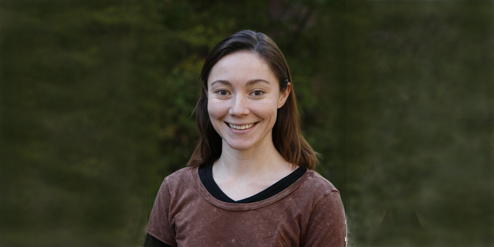Kara Youngentob

Research background
I completed a PhD in Environment from the Australian National University in 2010 and a MSc in Wildlife Ecology and Conservation from the University of Florida in 2004. My past research has encompassed a wide range of projects, which include investigating plant-animal interactions across wide areas using imaging spectroscopy, exploring the effects of habitat fragmentation and landscape change on wildlife populations, contributing to the development of the Centre for Land and Water Research at the Australian Institute of Aboriginal and Torres Strait Islander Studies (AIATSIS), and conducting surveys to study interactions among people, nature, and urban design.
Current research interests
My main interests are in applied ecological research to inform and improve wildlife management and conservation decisions. My DECRA research will help address key gaps in our knowledge about the extent to which modern remote sensing tools are capable of measuring landscape change and habitat quality. This collaborative project examines these issues by combining state-of-the-art remote sensing with data from two intensively studied landscape-scale experiments. At Mulligan’s Flat-Goorooyarroo Woodland Experiment, we are using remote sensing to help us understand ecosystem and wildlife population responses to landscape management activities. At the Eucalyptus Free Air Carbon Enrichment Experiment (EucFACE), we are investigating the biochemical response of eucalypt woodlands to elevated atmospheric carbon dioxide with imaging spectroscopy. Although a lot of my research involves remote sensing, I also contribute to projects that involve more traditional data collection and most of this work is focused on understanding how forage quality impacts landscape use by leaf eating animals.
What else do you have underway
One of the biggest challenges I’ve faced is learning how to be a scientist and a mother at the same time. This is a work in progress, and i'm only a few years into this entirely non-objective case study. Check back with me later and I’ll let you know how it’s going.
- This profile originally appeared in the RSB Newsletter, Issue 98, June 2018
